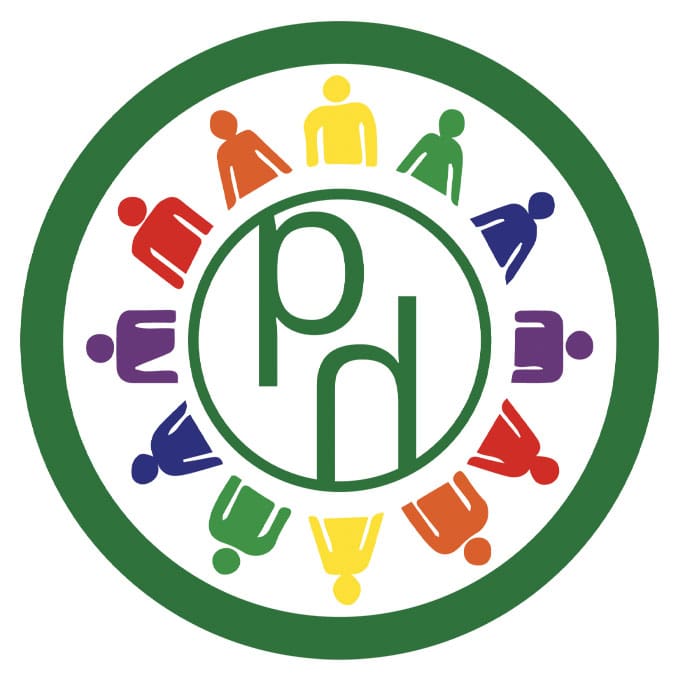Anxiety can display in the form of minor avoidance of a certain activity but might also escalate into full-on terror at the mere thought of something. It takes different shapes and forms with fear at its source.
It can be really triggering for us to witness fears in our children, but as parents we can play a powerful role in lessening their anxiety. This calls for us to find our own support as parenting is emotional work!
 The groundwork: building a connection habit
The groundwork: building a connection habit
Well beyond the baby and toddler years, and even when they’re yelling at us to “Just. Go. Away!”, our children still crave frequent connection with us. Particularly when they are at their worst.
Older children can be slow to warm to our presence. It’s great to make a habit of being ‘in the vicinity’ and lightly occupied around them. They might unexpectedly share, on their own terms, something about their day.
A powerful way to deepen your connection with your child is to actively step into their world, eg:
- Ask to watch their favourite series with them.
- Sit next to them on their console and ask to play against them, or show delight in their skills.
As our children grow we need to be more subtle and opportunistic in our connecting but no less delighted. It may take some mental resolve for you to step over piles of dirty clothes in your teen’s bedroom as you go in for an impromptu ‘hang out’, but it’s really important to put on hold any demands, questions or general chat. and simply bring warm presence and interest to them and anything they share at these times.
Ready to receive?
In addition to your connectedness, children’s brains scan for how ‘safe’ and emotionally available you are. It’s important to be able to bring your most anchored self to your child. You may want to find a place to take your own emotional triggers and to seek extra support.
Read about Hand in Hand Parenting’s super tool for parents only: Listening Partnerships here, or consider joining a Parent Support Group.
Get playful and promote laughter
 Physical play and laughter are really effective in helping children release lighter fears. What really makes yours roar with laughter? Look for opportunities to take the less powerful role when you play with your child. You might have a pillow or sock fight and fail miserably to get a shot at them, then be mock-dumbfounded when they get you every time.
Physical play and laughter are really effective in helping children release lighter fears. What really makes yours roar with laughter? Look for opportunities to take the less powerful role when you play with your child. You might have a pillow or sock fight and fail miserably to get a shot at them, then be mock-dumbfounded when they get you every time.
Staylistening
With the parent-child connection well secured, the conditions are perfect for a child’s nervous system to sense that it’s a good time to recover from uncomfortable feelings that might have become stuck.
We can help by gently encouraging our child to take a tiny peek at the issue holding them back and to release some stuck feelings around it.
Equally, they may start to share what’s troubling them during a car journey, or may simply erupt into full-blown tears with trembling seemingly out of nowhere. It’s now that we get to do our most transformational work: we listen well.
Emotional healing isn’t always pretty. Fears are released through laughter, tears, trembling, and sweating. Through all of these, our job is to get as close as we can to them (safely), and to beam the non-verbal signals: “I’m not worried” or “I know you’ll get through this”. We can offer eye contact and gentle touch but often physical calm proximity is enough.
Listen well: don’t question, don’t fix, just anchor and staylisten until the emotions have run their course.
When you can anchor your child in this way through their healing, you are giving them such a powerful gift. It’s likely that further emotional releases will follow. Through these, their nervous system receives the message “I can actually get through these big feelings… how about facing something new?” Their emotional resilience grows.
Here’s how Staylistening helped one teenage daughter.
Hand in Hand Parenting is a US-based charity that teaches a system of 5 trauma-informed Listening Tools that have the power to transform family lives.


 The groundwork: building a connection habit
The groundwork: building a connection habit

